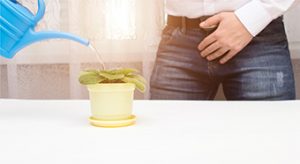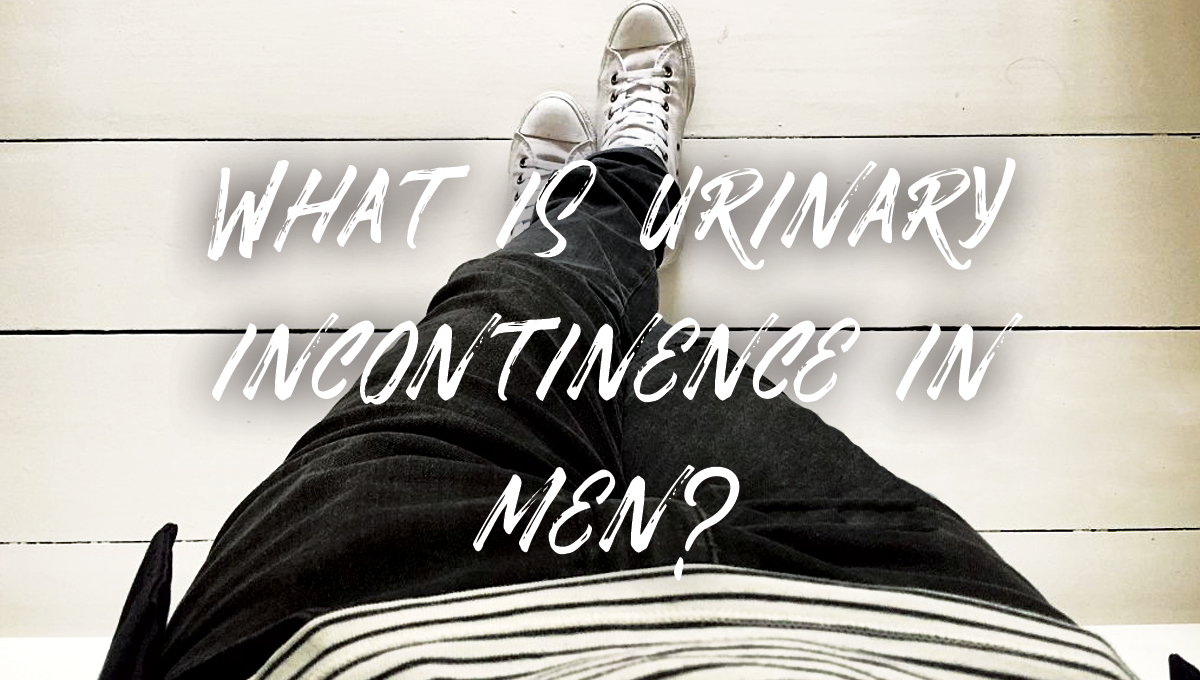While there are many types of bladder problems in women, including an overactive bladder and urinary incontinence, one of the most common problems related to the bladder is urinary tract infection (UTI).
Urinary tract infection occurs when a bacteria gets into the urethra and then moves into and multiplies in the bladder. The bacteria may even spread to other parts of the body from the bladder, resulting in complications such as blood poisoning and kidney failure.
Causes of urinary tract infections in women
The urethra is located close to the anus, making it easier for bacteria found in the large intestine (such as E. coli) to move from the anus into the urethra. Once inside the urethra, bacteria can move into the bladder and begin to multiply, resulting in inflammation of the bladder. If the infection is not treated, the bacterial infection may spread into the kidney or the blood.
Women have a higher risk of bladder infection than men because their urethra is shorter, allowing bacteria to gain quick access to the bladder. Bacteria also may be introduced into a woman’s urinary tract during sexual intercourse. Other factors that make women more susceptible to UTIs include diabetes, older age, surgery, catheterization, menopause, immobility and improper hygiene.
Symptoms of urinary tract infection in women
Women with UTIs may have the following symptoms:
- Cloudy, bloody, dark or strange-smelling urine.
- A burning sensation or feeling when urinating.
- An intense or frequent urge to urinate, although very little urine comes out when they do.
- Cramping, pressure or pain in the lower abdomen or back.
- Feeling shaky or tired.
- Low-grade fever or chills (indicating that the infection has reached the kidneys).
Seeking for medical help
Even though most urinary tract infections do resolve on their own, it is important that women seek medical help when having symptoms that are very uncomfortable or when their symptoms last for more than 5 days. Similarly, UTIs may require medical help when there is a sudden worsening of fever or of symptoms. Likewise, women who are diabetic or who are pregnant should seek medical help.
During a visit to a urologist or doctor, a urine test may be ordered to check for offending bacteria before antibiotics are given. In some instances, specialized laboratory testing may be necessary and an intravenous urogram (IVU) may be done to evaluate the urinary tract. Another diagnostic option is cystoscopy, a procedure in which a thin flexible tube is used to look into the bladder.
Treatment of UTIs in women
Generally, most cases of urinary tract infections are easy to treat as long as the diagnosis and treatment begins early. Therefore, it is important to visit a urologist as soon as your UTI symptoms worsen or last longer than expected. Treatment is usually done using antibiotics for about 5 days. However, more complicated cases of UTIs, such as those occurring during pregnancy, may call for administration of antibiotics for a longer duration. Even if you get better soon after starting to take antibiotics, make sure to continue the treatment so that all bacteria are killed and to prevent a recurrence of the infection.
The doctor also will recommend that you drink plenty of water to prevent dehydration and to relieve symptoms. Paracetamol may be prescribed for relieving UTI pain and discomfort, while methenamine hippurate (which is effective in stopping bacterial growth in the urinary tract) may be used as an alternative treatment in women who cannot use antibiotics. More severe cases of UTIs may require hospital admission, where antibiotics are administered through intravenous (IV) drips.
Prevention of urinary tract infections
Because women are at higher risk of getting UTIs than men, they should always take the necessary steps to prevent the infections. Ways of preventing UTIs include:
- Urinating soon after sexual activity.
- Drinking copious amounts of fluids.
- Practicing proper hygiene.
- Avoiding fragrant feminine products (not douching).
- Wearing cotton underwear.
- Avoiding tight-fitting-pants.
- Taking showers instead of baths.
- Avoiding bladder-irritating fluids such as alcohol and caffeine.
At St Pete Urology in St Petersburg, Fl., we have treated bladder and urinary tract problems in women for decades. Through our skilled, experienced and professional board-certified urologists, we give the most accurate diagnosis and administer the most effective treatments. If you have a bladder problem or have symptoms of UTIs, come see us for quick relief. For more information on the diagnosis, treatment and help with bladder problems, visit the “St Pete Urology” site.



